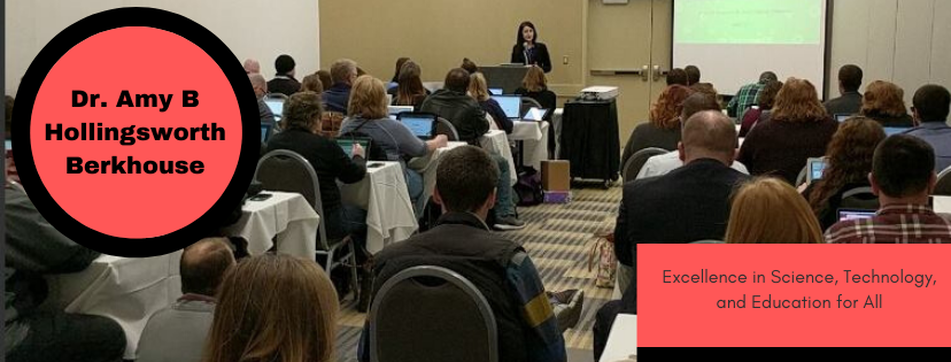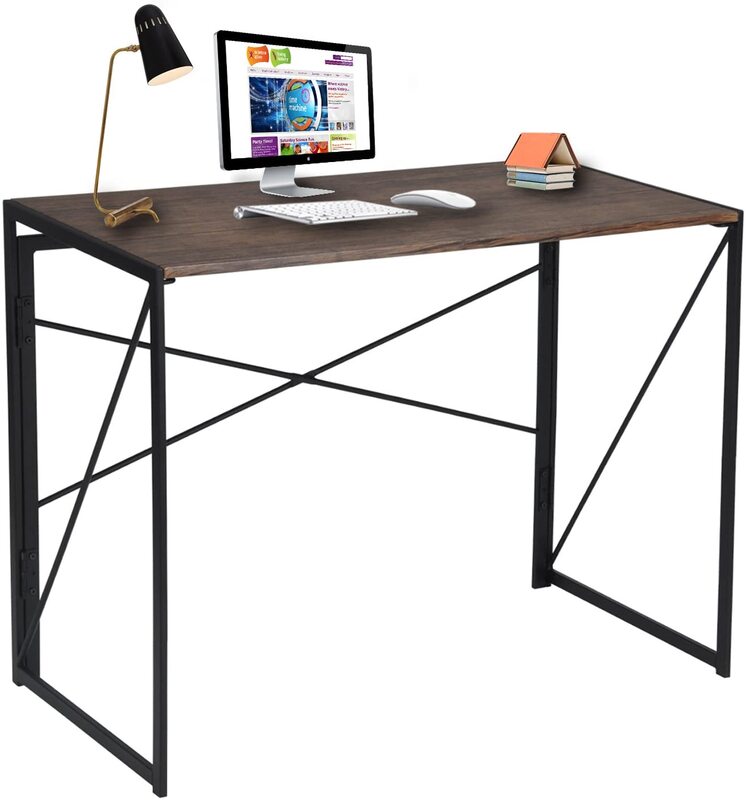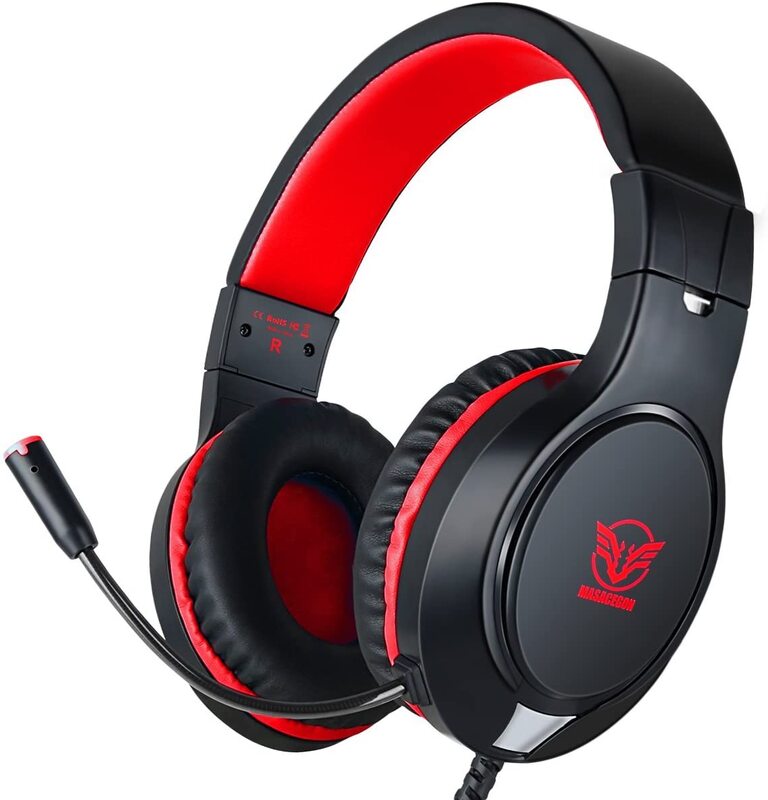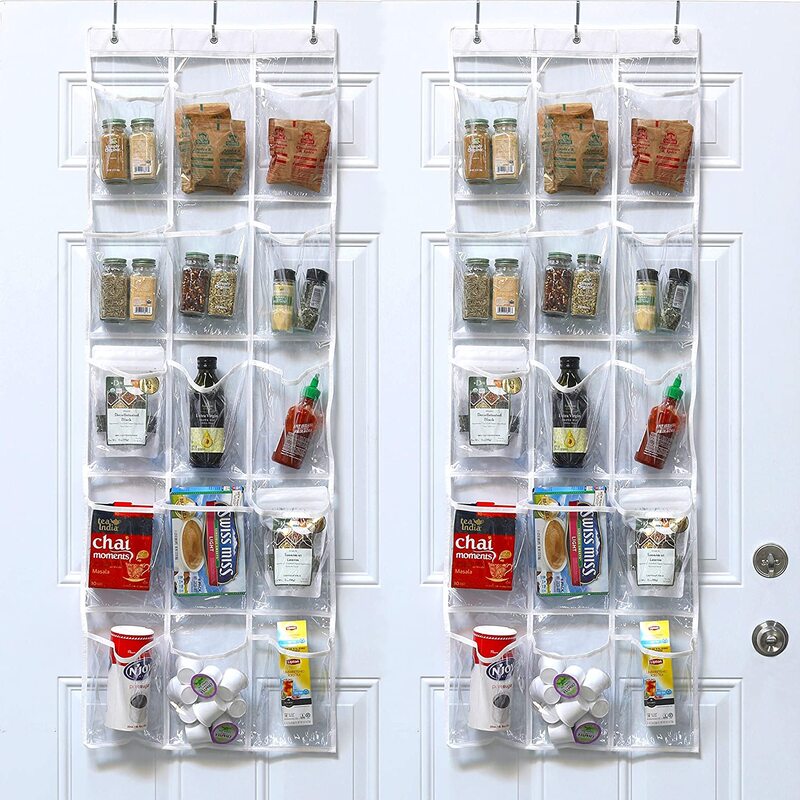Having a dedicated place for your child to work from home is crucial to their success in classes. As a parent, you might have a vision of your child working from a desk in their bedroom, at the dining room or kitchen table, or an actual study or office type of area. There are pros and cons to any space - can the child be focused? Are there people or pets walking through the room? Are there distractions such as video games or the TV? Can they be adequately monitored? Do they have access to all the supplies they need? If you go to Pinterest, and look for "home school class setup," you might just nudge your anxiety out of control, thinking you need to recreate the perfect Pinterest classroom in your home.
When the pandemic sent me, my son, and my husband home to work, we struggled a little bit at first, as to where to put everyone. I was live teaching through Google Meet to four classes of students a day. I needed a place where I could sit, with my headset, and talk to classes, streaming video, using my computer, and looking through notebooks for the lessons I was teaching. I ended up working at the formal dining room table, where nobody sits (we have a kitchen table where we eat). My son needed to work online, occasionally attending live virtual classes, but mostly reading and answering questions or doing projects online. He chose to sit on the floor next to me, and made a little cubby where he had a blanket, his Chromebook, his papers and notebook, which was under a window with good light.
My husband moved all around the house, depending on what he was doing - he'd sit on the couch and make phone calls, sit at the kitchen table to type, sit on the porch when he'd be listening to meetings, or sit near me when I wasn't virtually teaching. He said I am way too loud when I use my teacher voice. What places were not used at all for the three of us at home? No one worked in their bedrooms, and no one worked in the office. None of us liked being all alone in our rooms, and nobody wanted to be isolated in the office. We liked working separately, and having our own spots, but also liked being able to talk to each other, asking questions, talking about what we were working on, and taking little breaks to talk to each other. One item we found to be most valuable - Apple AirPods. They help you focus on the computer, provide excellent sound, help you speak clearly if you are teaching or talking during a meeting, and can easily be taken out when not being used. They are bluetooth, so they pair to any phone or computer. For younger children, this over-the-ear option with a microphone is great.
Talk to your child about what they think will work best. Do they have a preference? Talk to them about what kinds of work they will be doing (computer, virtual classrooms, streaming video, doing assignments online or on paper, looking up things in a textbook, reading library books, doing science experiments, playing outside) and talk through the scenarios. One piece of advice that I know from experience is that if your child is going to be expected to be on video, find a place where there isn't too much distraction in the background. Have them seated near a wall, so that you or your family members or pets won't be walking around behind them. I had a student who was working in the kitchen, and I could see every time one of his family members walked behind him to go to the bathroom or go to the refrigerator. I've seen mishaps where someone didn't know that the child was streaming video, and they walked through wearing little clothing (yikes!!!).
So before school starts, and before you begin buying everything to make a perfect home school classroom for your child or children, talk about needs and preferences within your family. Maybe you don't need to buy a new desk and bookshelf. Maybe you need a wheeled storage bin to keep all the folders, books, and papers organized. Over-the-door plastic shoe holders can be the perfect place to keep calculators, pens and pencils, art supplies, and tons of sticky notes.






 RSS Feed
RSS Feed
